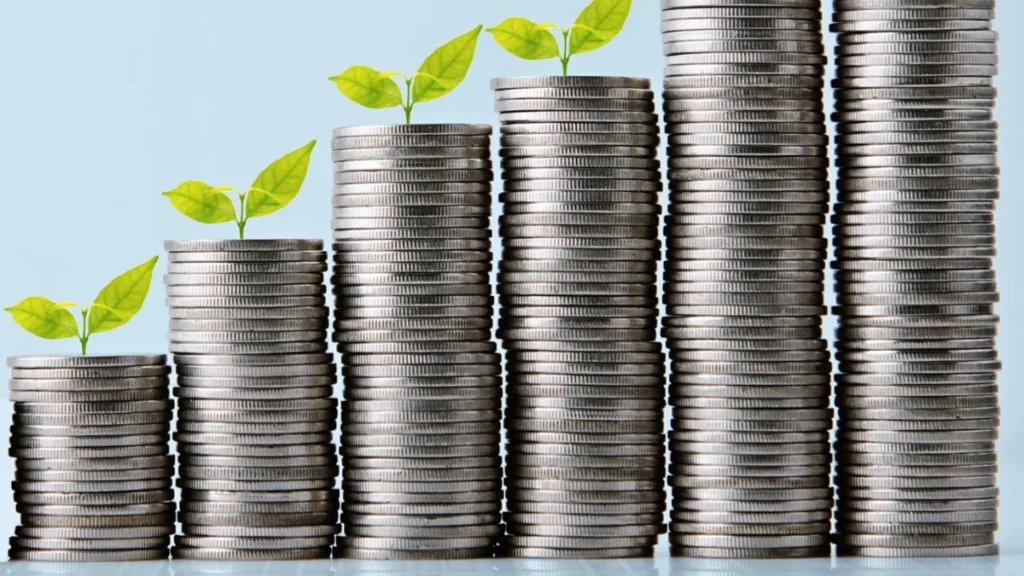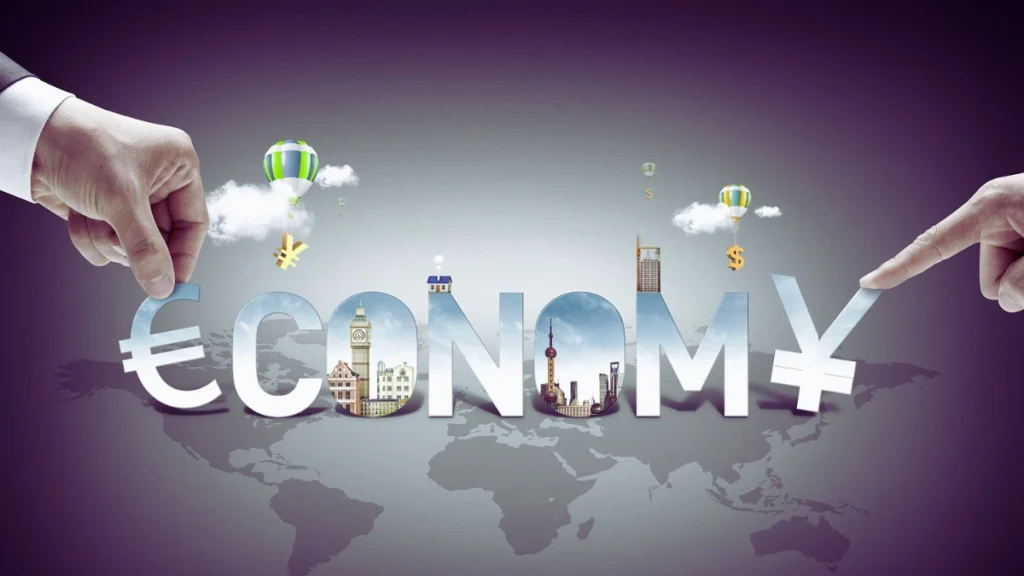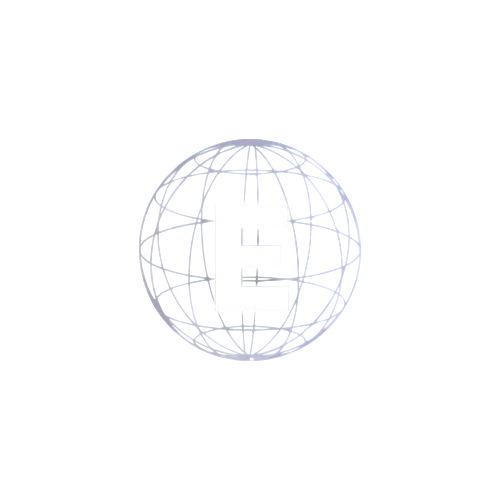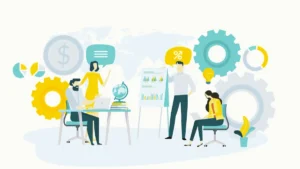Overview of economic systems and their differences
Table of Contents
ToggleThe economic system outlines how a government or society creates, distributes, and consumes goods and services within a specific geographical area.
What is an economic systems , or what is called an economic system?

An economic systems refers to the system of organization and rules by which a society functions to decide the distribution of resources, the production of goods and services, and the distribution of wealth. It refers to the methods by which production is priced. Proper arrangements should be made to take decisions regarding consumers and labour.
The economic systems is the way in which a committee or government organizes and distributes the resources, services, and products present within an area or nation. The economic systems regulates the factors of production. Land, balance, labor, and physical resources are an economic system. Many institutions, agencies, institutions, decision-making processes, and consumers. It is made up of patterns that create the financial conditions of a particular committee.
Major components of the economic systems
Resource allocation: how resources such as land, labor, and capital are allocated.
Production: Decisions on what goods and services to produce and how.
Distribution: How goods and services are distributed among people.
Consumption: How individuals and businesses use goods and services.
Different Structures of an economic systems

1. Traditional economic system
A traditional economy is a mode of production that relies on conventional and traditional practices in its decision-making methods for the production, distribution, and consumption processes of products and services. The base of this economic system is often subsistence farming, hunting and bartending, or various types of There is no importance or need for modern techniques or centralized governance system in this.
2. Command Economic System
Command economy is an economic system where the government makes all the important decisions about what to produce, how to produce it and for whom to produce it. The central advisor controls the resources, factories, and methods of distribution with minimal input of market conditions like supply and demand. Are
3. Market economic system
Market economy is an economic model where decisions on production, distribution, and pricing of products and services are determined based on the forces of demand and supply in the free market. In this system, there will be minimal interference of the government, competition, and consumers in matters related to the economy. Choice will be made able
A mixed economy involves both private and government/state-owned entities that share control over the ownership, manufacture, sale, and exchange of goods in the country.
4. Mixed system
Mixed economy is an economic system that is a mixer of market economy as well as aspects of command economy where, in addition to personal businesses and individuals, there is government regulation and public ownership of some corporations or factories with the goal of efficiency of attainment in economic terms and proper and fair distribution of these incomes.
A mixed economy is an economic model that integrates elements of both capitalism and socialism.
It is also commonly known as a dual system. Mixed economy includes both private and government-owned entities that own, manufacture, distribute, sell, and regulate products in the country. shares control over
conclusion
The economic system is very important in co-regulating the functions of the society in the distribution of resources and social needs of the citizens, and it also plays an equally important role in the priority values and conditions of adopting the society in each market command mix traditional economic system. The characteristics of such systems vary depending on the range of economic approaches adopted by different regions of the world and their global and local economic impacts. Also useful in appreciation. Thus, by understanding them, we get to know how they impact innovation, equality, and, more importantly, well-being in society.


